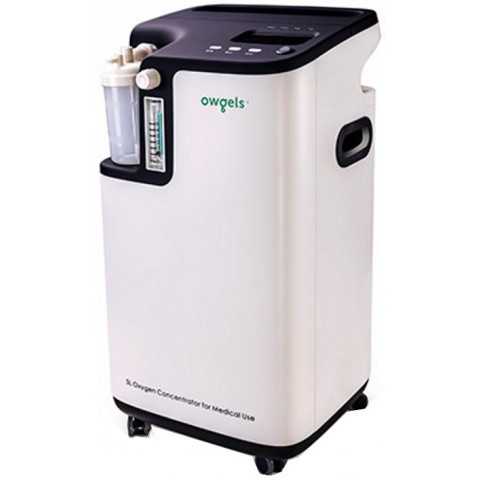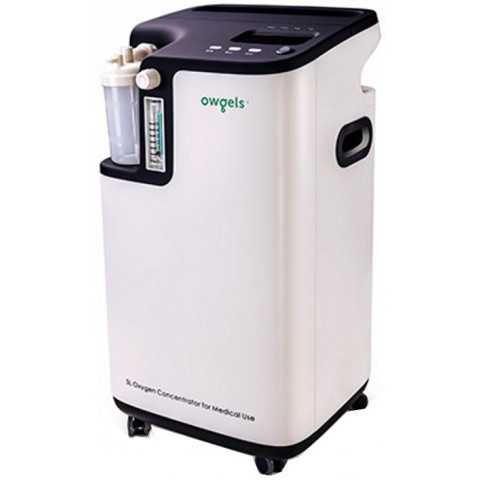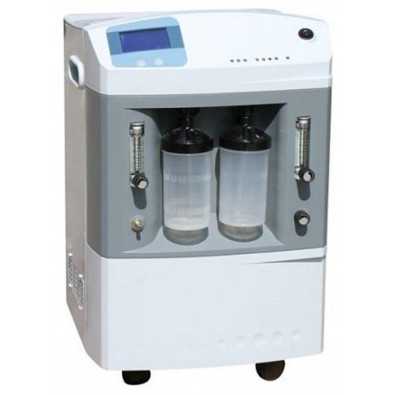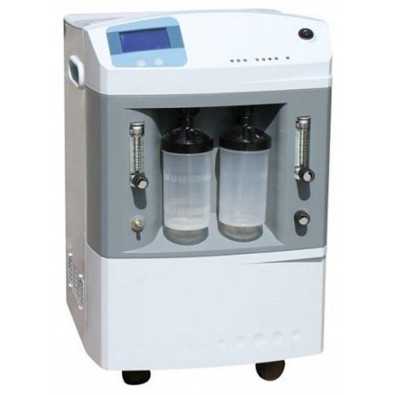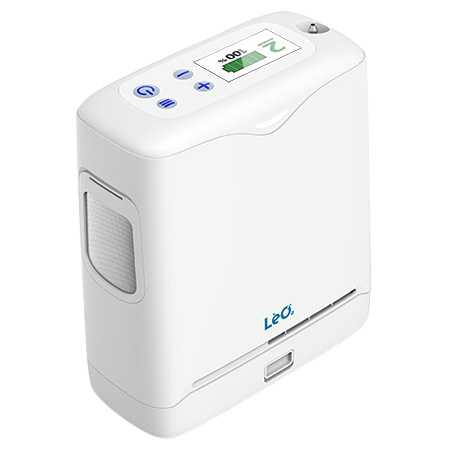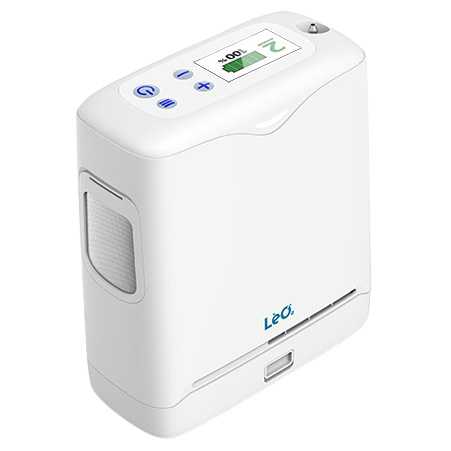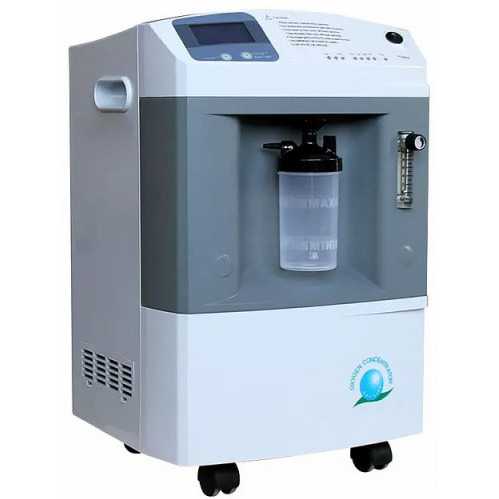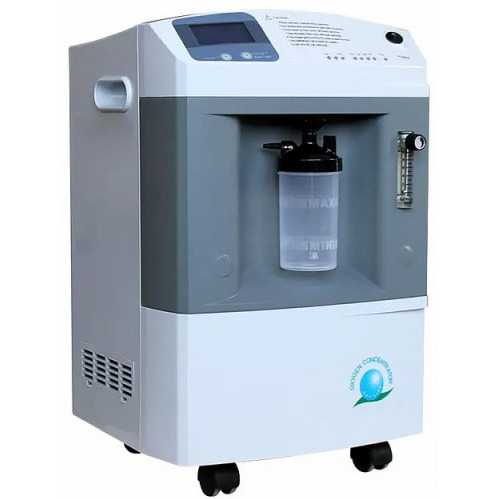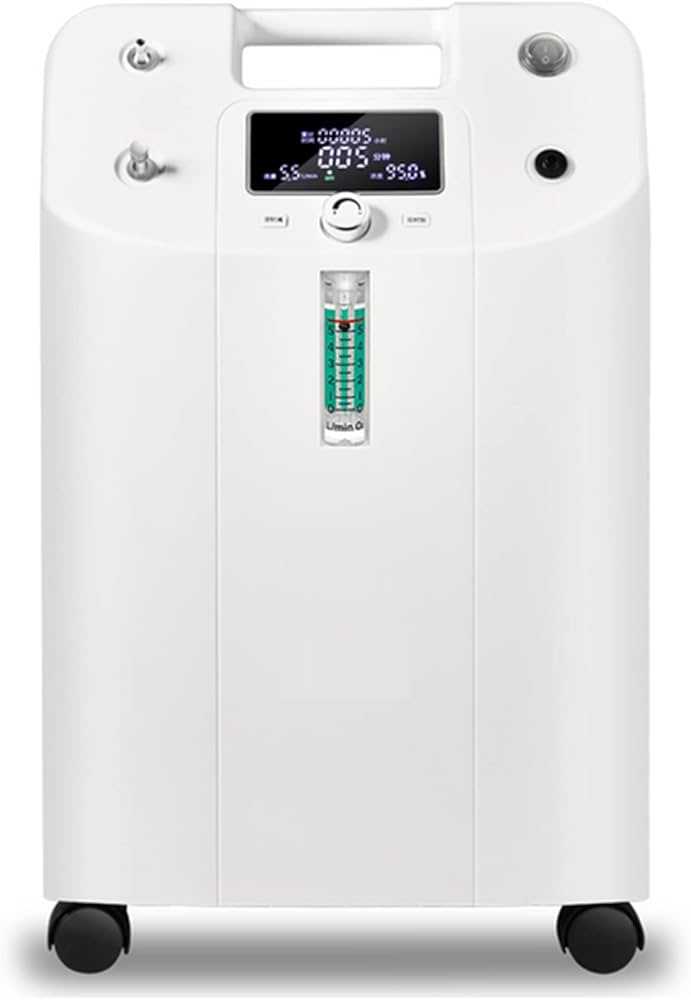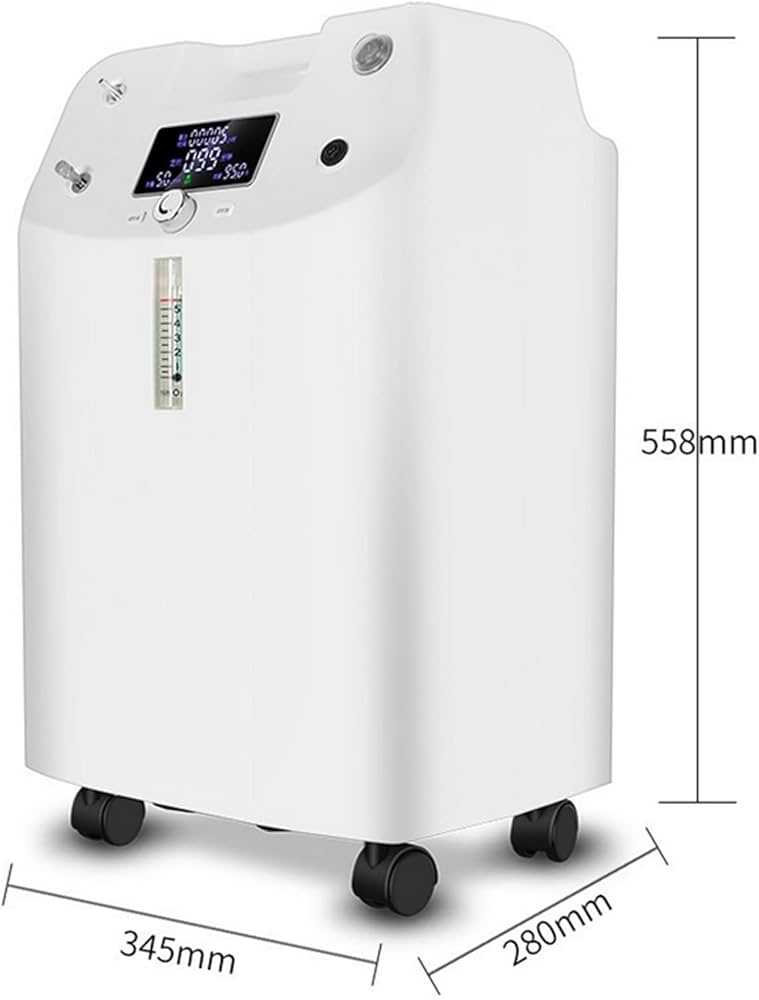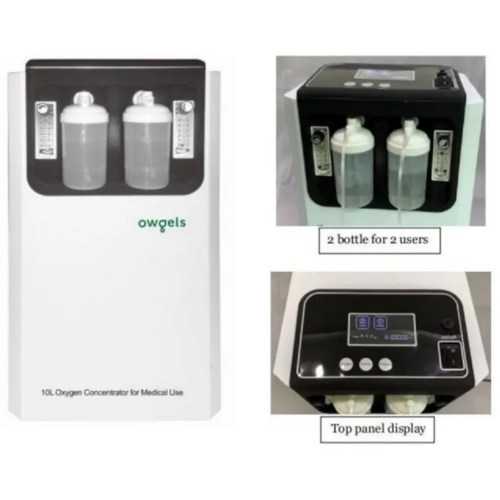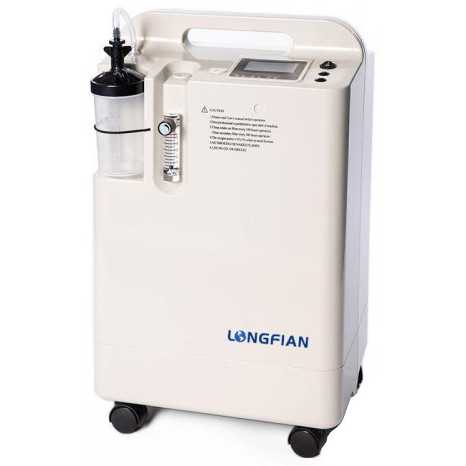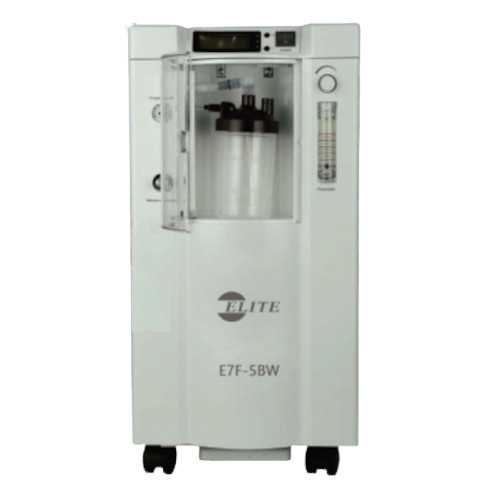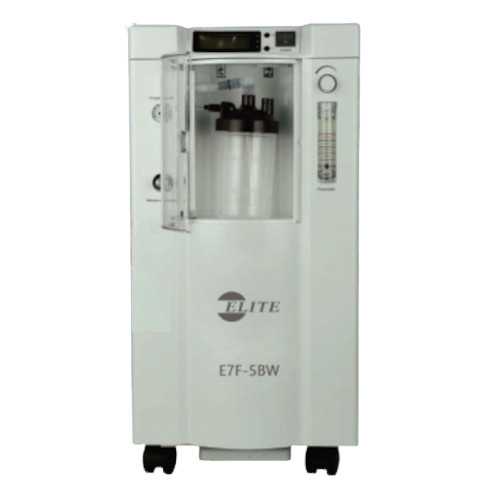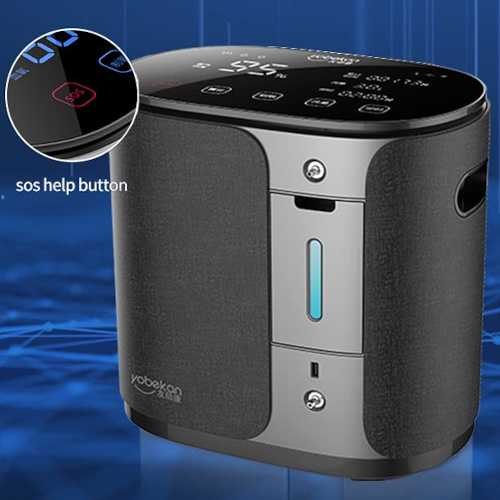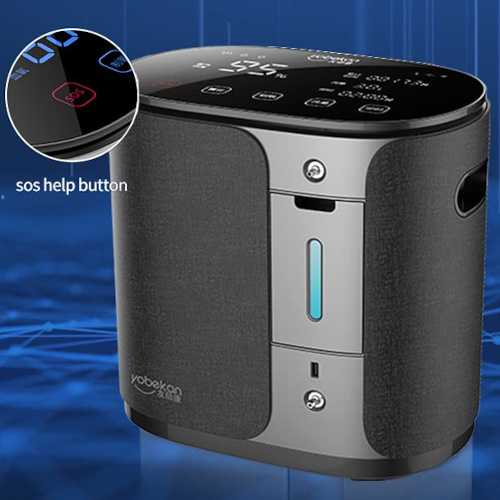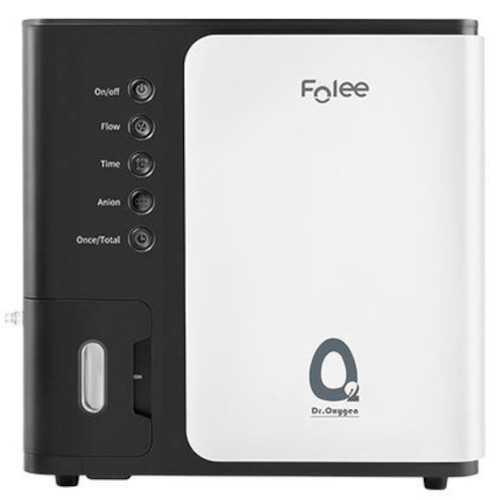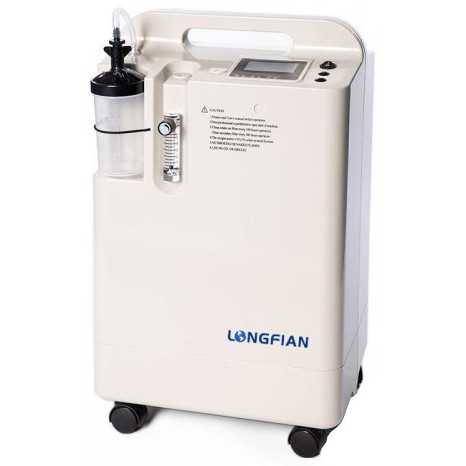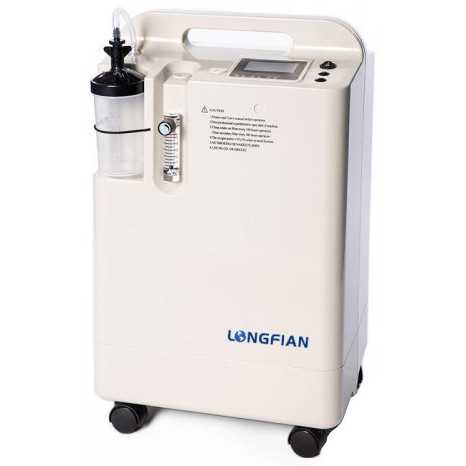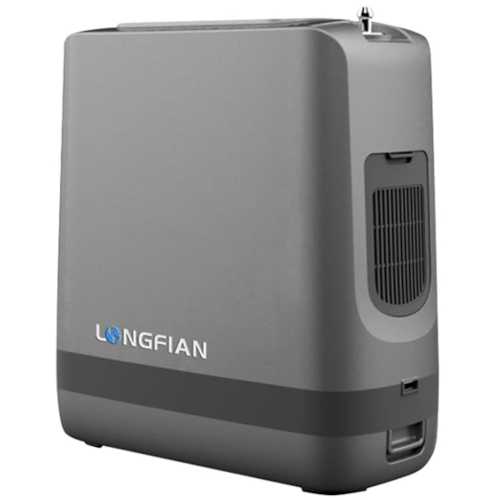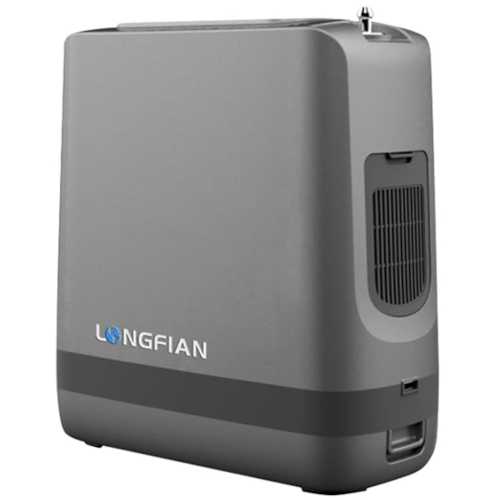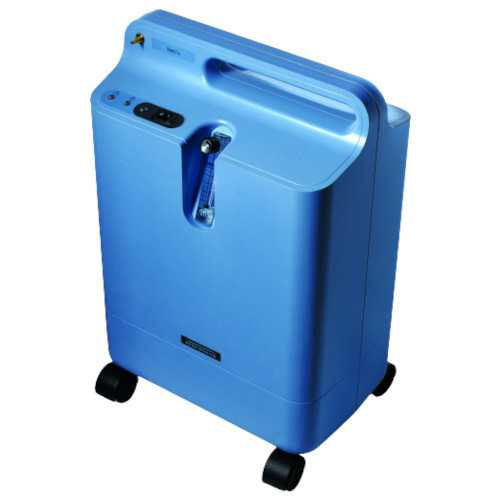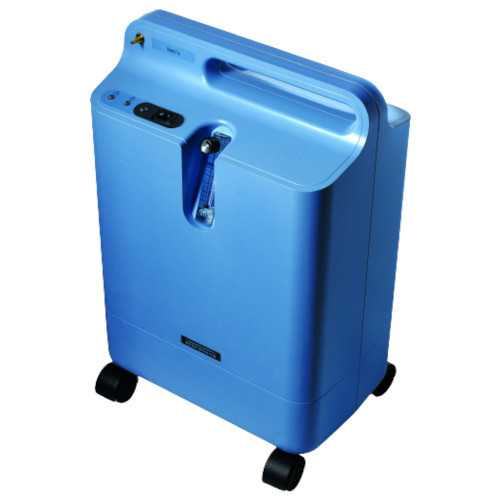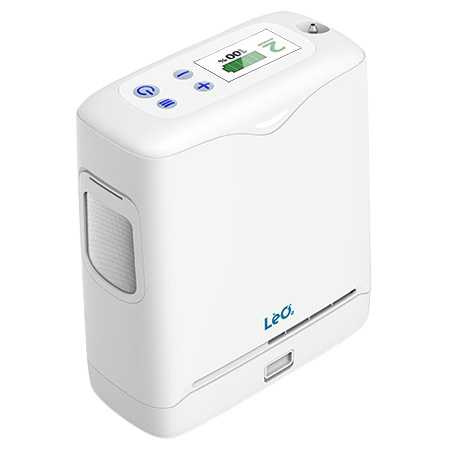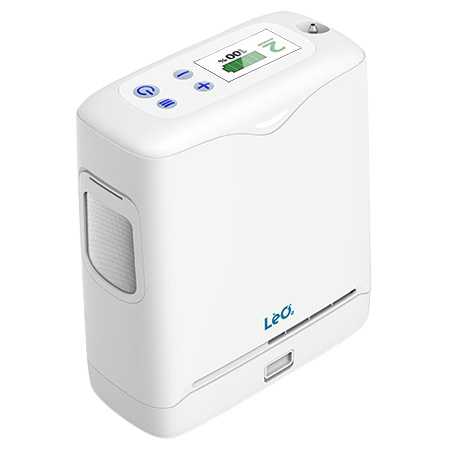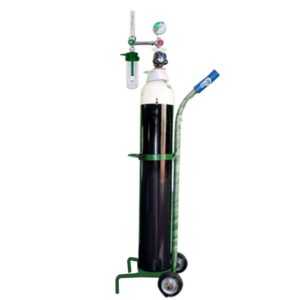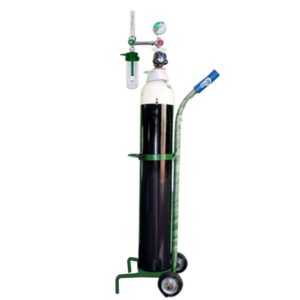Nursing care for Urinary Catheterization

Nursing care for Urinary Catheterization
urinary catheterization
Urinary catheterization is the medical procedure of introducing a catheter tube to a person’s bladder in order to drain the urine and gather it in the drainage bag attached to it. This process involves the passing of in and out urinary catheterization systems. It is known as Intermittent Self Catheterization.
When someone cannot fully empty their bladder that is when they seek out for a urinary catheter insertion. If you cannot let go of the waste from your bladder, it will produce unnecessary pressure to the kidneys. This pressure can result in kidney failure or sometimes permanent damage to the kidneys.
So, it is important to retain and rely on the process of urinary catheterization till the time you regain the ability to urinate on your own. Although most people need urinary catheter care for a short while, yet there are others who depend on the catheters for a lifetime. Generally, the oldies fall under the second category, where urinary catheter care is of utmost importance.
need for urinary catheters
Generally, doctors recommend you to use urinary catheter care at home:
when you cannot keep control of your urine
when you suffer from lack of adequate urine output
when your urine retains back in the bladder
urinary catheterization types
The three primary types of urinary catheters are:
Indwelling Catheters: Also known as Foley catheters, these are designed to remain inside the bladder for extended periods. They are available in various sizes and can be used for both short-term and long-term catheterization. The catheter is inserted through the urethra, or occasionally through a small incision near the abdomen. It features an inflated balloon at one end that keeps the catheter in place. When the balloon deflates, it indicates that the catheter needs to be removed.
External Catheters: Commonly referred to as condom catheters, these are worn outside the body and are typically used for men or individuals with conditions like dementia. The catheter resembles a condom that fits over the penis, with a tube leading to a drainage pouch. External catheters are generally more comfortable and have a lower risk of infection.
Short-Term Catheters: These are used for temporary bladder management, usually after serious surgery. Known as “in and out” catheters, they are inserted to empty the bladder and then removed.
Urinary catheterization can be performed at home by a nurse or, if properly trained, by the patient themselves. This involves either inserting the catheter through the urethra or creating a small opening in the lower abdomen for the catheter tube.
complications of urinary catheterization
According to scientific research, the indwelling urinary catheterization process is the root cause of infections in the urinary tract. Therefore, it is important to take urinary catheter care regularly to prevent infections. The symptoms of urinary tract infections include fever, chills, headache, burning in the genital areas, urine leakage from the catheter, foul smell in urine, pain in the lower abdomen and aches.
Some other minor complications of urinary catheterization process too occur, especially for urinary catheterization female. These could be allergic tendencies for using a catheter, stones in the bladder, blood oozing out during urinating, injury in the urethra, damage in the kidneys, and infection in the urinary tract.
Also, in case of intermittent urinary catheterization, where the catheter needs to be inserted and removed several times a day, there are severe chances of infections as well. To avoid such complications, opting for urinary catheter care at home, with the help of a professional is the best-chosen option.
urinary catheterization procedure
Whether for male or female urinary catheterization, the process at home mirrors that of a hospital. Here’s a step-by-step guide:
Wash Your Hands: Thoroughly clean your hands with soap and water before handling the catheter.
Prepare Supplies: Gather the catheter (open), a clean towel, lubricant, and a urine collection container.
Clean the Area: For males, use an antiseptic cleaner to wash the tip of the penis. For females, clean the vaginal area similarly.
Insert the Catheter: Hold the penis straight and gently insert the catheter into the urethra. For females, carefully insert the catheter into the urethra with gentle pressure.
Relax: The patient should breathe deeply and remain as relaxed as possible during the procedure.
Advance the Catheter: Once urine starts flowing, gently advance the catheter a bit further.
Remove the Catheter: When urine flow ceases, carefully remove the catheter, pinching the other end to prevent spillage.
This process ensures proper placement and minimizes the risk of infection or discomfort.
reasons for urinary catheterization
Valid reasons for urinary catheter insertion comprise:
Utilization during specific surgeries.
Addressing acute urinary blockage.
Providing comfort care in hospice/palliative settings.
Accurately monitoring urine output in critical patients.
Necessary immobilization following trauma or surgery.
how can we help?
The entire process of urinary catheterization is a little bit complex, owing to which we have tried to make the task easy for you. With the help of Portea, you can get professional support for urinary catheter care at home at your comfort. We not only understand the difficulties that a patient faces but also the anxiety that the urinary catheterization at home causes to the family. Therefore, with this thought in mind, we make your post-hospitalization phase a really easy one. With our different programs and customization options, high-quality services are something that you can be assured of getting from us.
Portea also offers the best prices of 12/24hr Nursing Care near you with some of the best doctors, nurses and other medical professionals to help you heal and recover comfortably at home.
